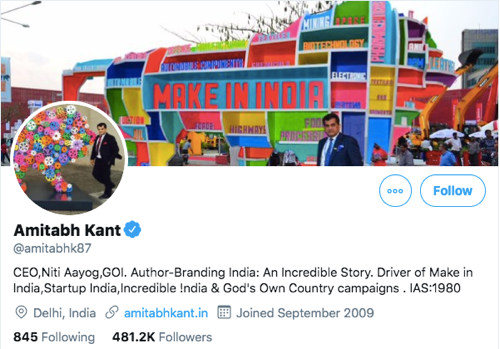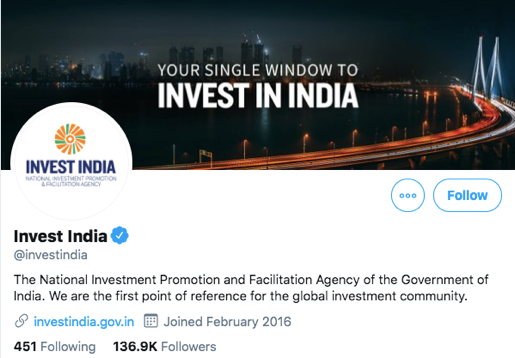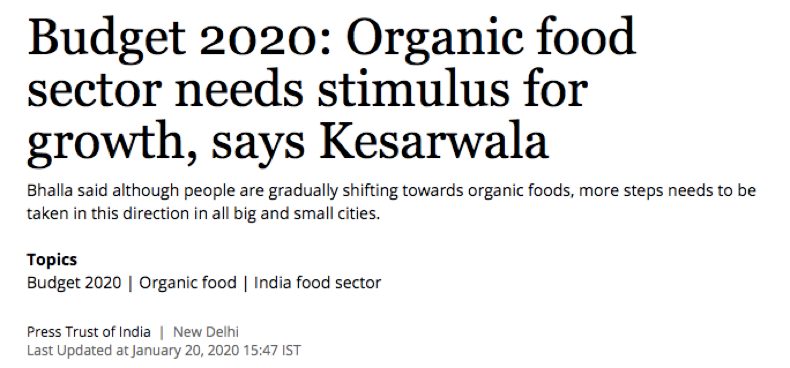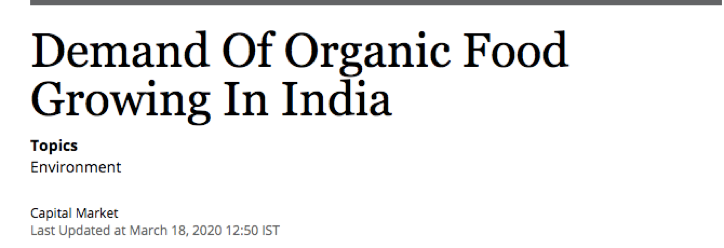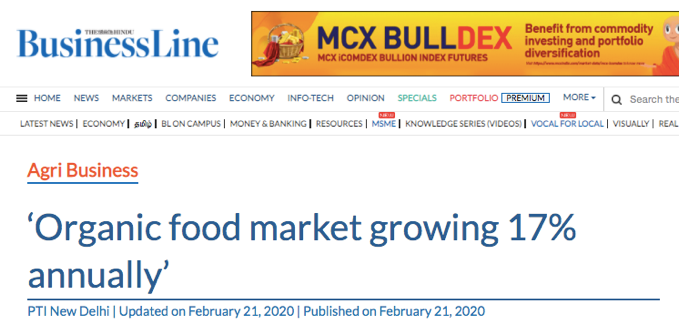Online Reputation Management Trends to Follow in 2020
Warren Buffet once said, “It takes 20 years to build a reputation and 5 minutes to ruin it”. This holds true, more so in a world where people have Internet connectivity 24×7. For a company, online presence, and its reputation there is one of the most valued assets it possesses. Online reputation and online word of mouth go hand-in-hand. What your audience is saying about you can make or break your brand. With everybody trying to perfect their brand image, online reputation management trends are showing up, and here are the latest ones.
Online Reputation Management Trends
Every company has to deal with reputation management both online and offline. Your customers and employees can largely influence your brand’s image. Here are some online reputation management trends that companies have been following to manage public perception.
1. Artificial Intelligence and Social Media
Tools like social listening have been making use of AI and social media to help companies stay ahead. It helps you track the global stream of social media data and monitor every mention you get. And all of this happens in real-time so you get notified every time there is a potential alert. With such a system in place, you can avert social media-induced crisis moments. Say an unhappy customer posts a scathing review, you can resolve the matter in real-time.
Marketers can also use the insights provided by the tool to design more personalized content. Even engaging with audience members becomes fruitful when you have access to relevant information.
2. Customer Engagement
Engaging with customers makes them feel valued. The more you engage, the better your rapport and reputation get. Your audience feels honored and you can earn their trust and business. Not much effort, right? Simple engagement! You can take this up a notch by really getting the conversation going. Like we mentioned in the 1st trend, AI tools help you gather relevant insights about your audience. When you know about their demographics, interests and so on, engagement becomes easier and personalized. In fact, 72% of consumers say they only engage with marketing outreach customized to their specific interests.
3. Invest in Optimizing Google Properties
Google’s advanced algorithm tries to make searches as simple as possible for people. Nowadays, you have zero-click searches. This is when someone searches for a thing but doesn’t have to click on a single link because the information is found on the search page itself. So now Google determines your website’s rank based on the information you fill Google’s properties with. This is why you need to start considering Google as one of the primary resources for interaction with your customers and prospects.
The ranking is based on the information Google retrieves from your website and from the reviews of your company. Google tracks the reviews people leave and the industry listings to determine the rank of your website. This is the main reason why maintaining an online reputation on Google is a growing trend.
In conclusion, companies are relying more on tools that tame “wild-data” to help them handle online reputation. The above mentioned online reputation management trends all see a heavy role of data and algorithm-driven insights. Keeping this in mind, most social listening and other intelligence tools today are designed to be able to cater to such needs of a marketer.






































